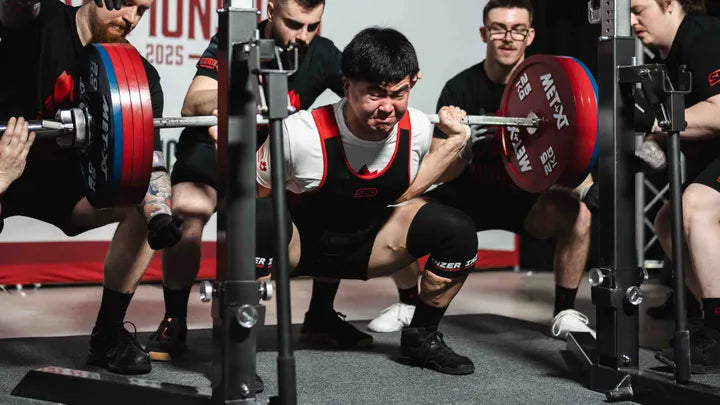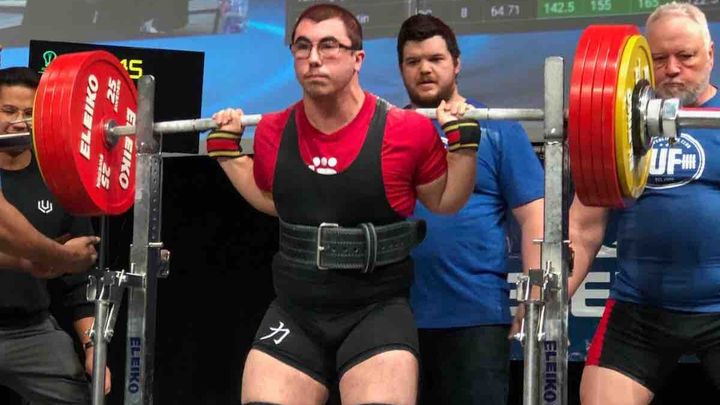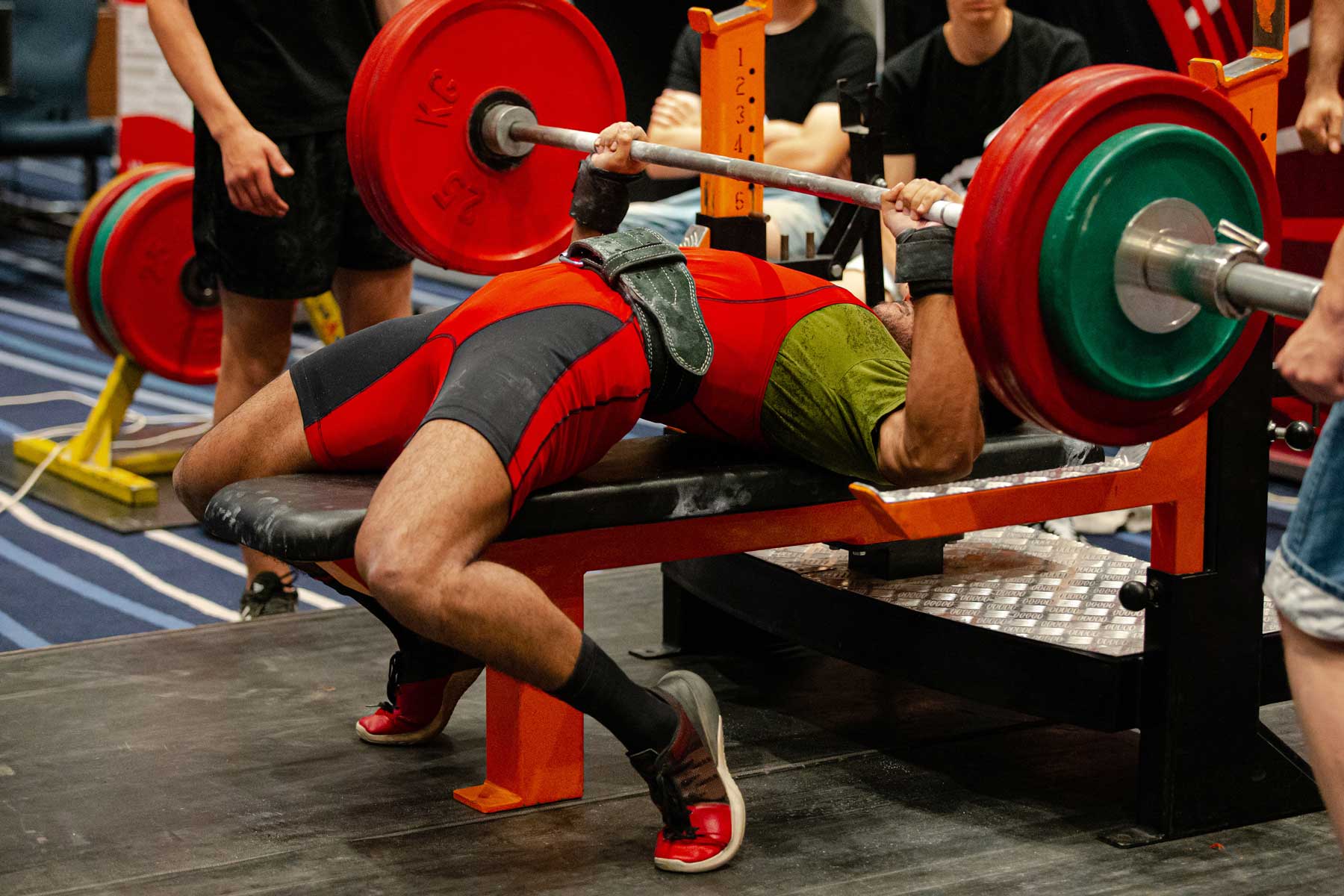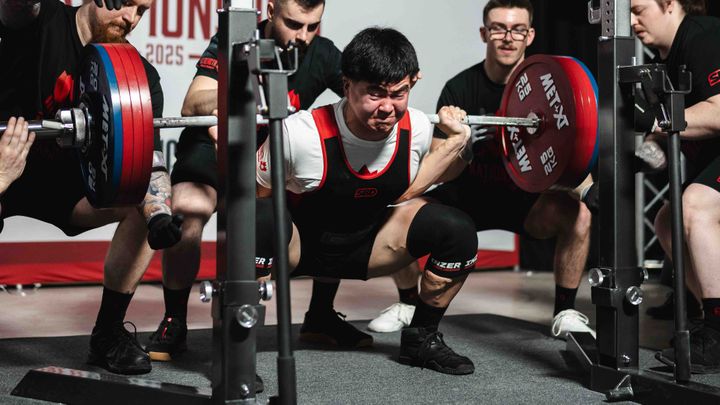
The Role of the Spotter in Powerlifting: Safety and Confidence
In the world of powerlifting, where heavy weights are constantly being moved, the role of the spotter in powerlifting is absolutely critical. A good spotter isn't just someone standing nearby; they are an essential partner in ensuring powerlifting safety and providing the lifter with the confidence to push their limits. This article will outline the crucial role of a spotter in powerlifting, detailing how to spot bench press, how to spot squat, and briefly discussing spotting for deadlift, emphasizing their contribution to a safe and successful training environment. For official safety protocols and rules, refer to resources from organizations like the International Powerlifting Federation (IPF) rulebook.
The Indispensable Role of a Powerlifting Spotter:
A spotter's primary responsibility is lifter safety, but their value extends far beyond simply catching a failed lift:

- Injury Prevention: The most obvious benefit. A spotter prevents the bar from crushing a lifter, especially during bench press or squat, significantly reducing the risk of serious injury.
- Providing Confidence: Knowing a competent spotter is there allows lifters to push harder and attempt heavier weights without the fear of being pinned. This mental boost can lead to greater strength gains.
- Assisting with Reps (Carefully): In some training contexts, a spotter might provide minimal assistance (a 'spot') to help a lifter complete a rep they're struggling with, ensuring they still get the training stimulus. This must be done with clear communication.
- Form Cues (Optional): An experienced spotter might offer subtle form cues if agreed upon beforehand, but their primary focus should always be safety.
- Motivation and Support: A spotter can be a great source of encouragement, especially during challenging sets.
How to Spot the Main Powerlifts:
Effective spotting requires understanding the specific demands of each lift:
How to Spot Bench Press:
The bench press is where spotting is most critical due to the lifter being underneath the bar.

- Positioning: Stand directly behind the lifter's head, facing their feet. Your hands should be hovering close to the bar, ready to grip.
- Grip: Use an alternating grip (one hand pronated, one supinated) on the bar, just inside the lifter's hands. This provides a secure hold if the bar drops.
- Communication: Always ask the lifter, 'How many reps are you going for?' and 'Do you want a lift-off?' Provide a firm lift-off if requested. Listen for 'Help!' or 'Take it!'.
- Execution: Keep your eyes on the bar. If the lifter struggles, use your legs to drive up and assist the bar. Lift only as much as necessary. Do not pull the bar away from the lifter until they are safely racked.
- Rack: Guide the bar safely back into the j-cups.
How to Spot Squat:
Squat spotting requires multiple spotters for heavy lifts, or a single spotter with excellent technique.

- Positioning (Single Spotter): Stand directly behind the lifter. Your arms should be around their torso, hands open and hovering near their chest/shoulders, or cupped under their armpits, without touching them. Stay close enough to react quickly.
- Positioning (Multiple Spotters): One spotter behind, and one spotter on each side of the bar, grabbing the ends of the barbell. This is ideal for very heavy lifts.
- Communication: Confirm 'Are you ready?' before they unrack. During the lift, encourage them. Listen for cues like 'Help!' or if their form significantly breaks down.
- Execution: If the lifter fails, wrap your arms around their torso (or grab the bar ends for side spotters) and lift upwards, driving with your legs. Guide them back to the rack or help them dump the bar safely if necessary.
Spotting for Deadlift:
Directly spotting for deadlift by grabbing the bar is generally not recommended as it can throw off the lifter's balance or cause injury to the spotter. The lifter can usually drop the bar if they fail.

- Alternative Support: For max attempts or lifters who prefer it, a spotter can stand close by, ready to offer verbal encouragement or quickly guide the bar down if it tips dangerously, but direct intervention is rare and risky.
- Safety Measures: Ensure clear space around the lifter. Encourage the use of crash pads if dropping weights is a concern.
Communicating with Your Spotter:
Always discuss your intentions with your spotter before lifting. Tell them:
- How many reps you're planning.
- If you want a lift-off (for bench press).
- What kind of spot you prefer (hands-on vs. hands-off until needed).
The role of a spotter in powerlifting extends far beyond simply catching a dropped weight. They are an integral part of ensuring powerlifting safety, building lifter confidence, and creating an effective training environment. By understanding how to spot bench press, how to spot squat, and the nuances of spotting for deadlift, you can be a valuable asset to your training partners and contribute to a safer, more productive powerlifting community.








